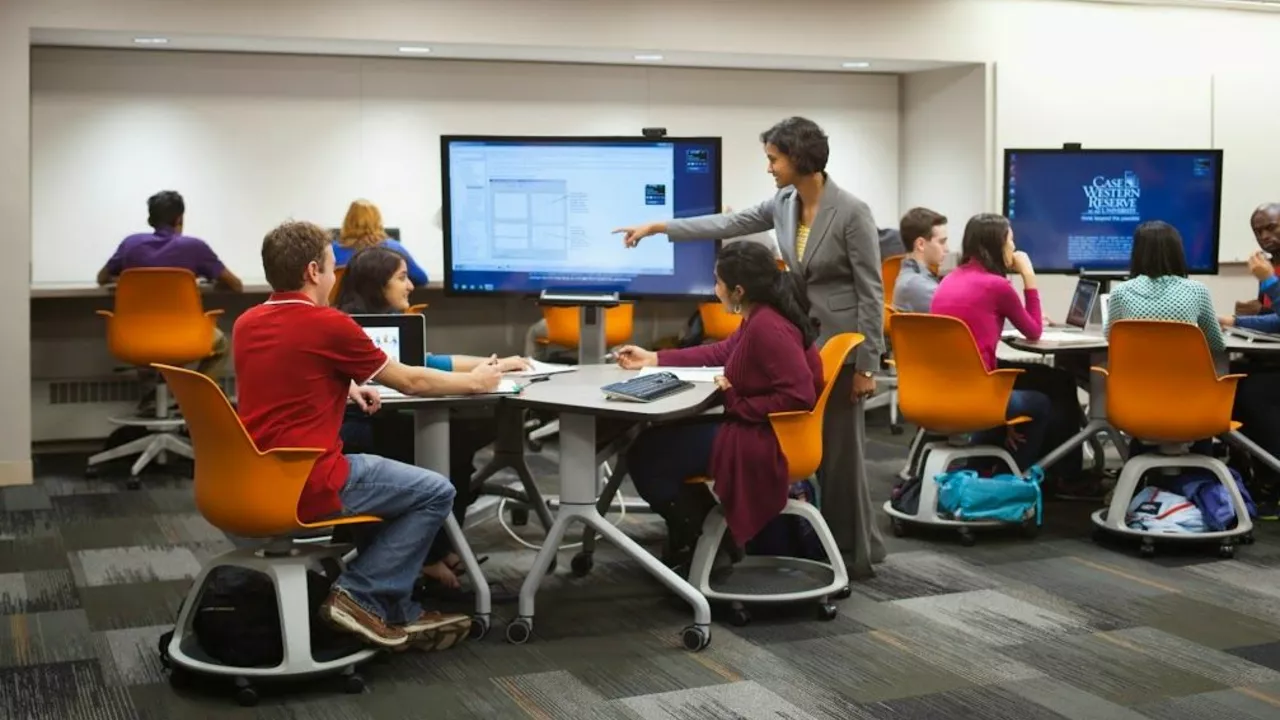
Understanding Student Perceptions of Technology
As an educator, it's essential to understand how students perceive technology in the classroom. There's little doubt that technological advancements have revolutionized many aspects of our lives, including education. However, student perceptions may vary, and it's important to get a grasp on these to better implement technology in ways that engage and inspire learners.
Many students appreciate the role of technology in their learning, appreciating how it can make complex concepts accessible and engaging. When technology is incorporated in the right way, it can transform the learning experience, making it more interactive and relevant. However, some students may feel overwhelmed by the constant influx of new tools and platforms and may argue for a more balanced approach to technology use.
The Role of Technology in Improving Student Engagement
One of the main reasons why educators are keen to incorporate technology in the classroom is its potential to improve student engagement. The interactive nature of many digital tools can make learning more engaging and exciting. The use of multimedia, games, and interactive quizzes, for instance, can make lessons more interactive and fun, helping students to better understand and retain the information.
Moreover, technology provides students with a platform to express their thoughts and ideas creatively. Digital tools like blogs, websites, and video editing software can help students to take ownership of their learning, thereby improving their engagement and motivation. However, it's important to remember that the effectiveness of technology in improving engagement ultimately depends on how it is used and implemented.
Technology and Personalized Learning
Technology can also play a significant role in personalized learning. Digital tools and platforms can enable educators to tailor their teaching to meet the unique needs and preferences of each student. For instance, adaptive learning software can adjust the difficulty level of tasks based on a student's performance, ensuring that every learner is challenged at the right level.
Moreover, technology can provide students with a wealth of resources and learning opportunities beyond the classroom. Online resources and platforms can extend learning beyond the school day, allowing students to explore their interests and passions in depth. However, the success of personalized learning largely depends on the educator's ability to effectively use and integrate technology into their teaching.
Challenges of Implementing Technology in the Classroom
Despite the many potential benefits of technology, implementing it in the classroom is not without its challenges. For one, there's the issue of access and equity. Not all students have equal access to technology, and this can exacerbate existing educational inequities. Educators need to be mindful of this and work towards ensuring that all students can benefit from technology-enhanced learning.
Furthermore, the effective use of technology requires training and support for educators. Teachers need to be comfortable with the technology they are using and understand how to integrate it into their teaching effectively. This can require significant time and resources, and it's something that schools and districts need to consider and plan for.
The Future of Technology in the Classroom
The future of technology in the classroom is both exciting and uncertain. As technology continues to evolve, so too will its role in education. Many experts predict that technologies like artificial intelligence, virtual reality, and augmented reality will play an increasingly prominent role in classrooms, offering new and exciting ways to engage students and enhance learning.
However, as we move towards this future, it's important to remember that technology is just a tool. Its effectiveness in enhancing learning and engagement largely depends on how it is used. Therefore, as educators, we need to continually reflect on our practice, ensuring that we are using technology in ways that truly benefit our students.